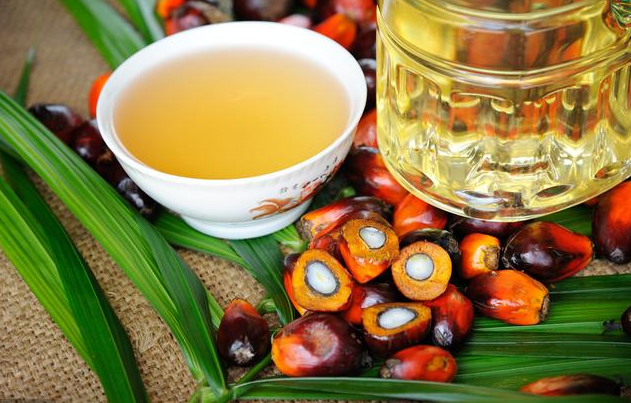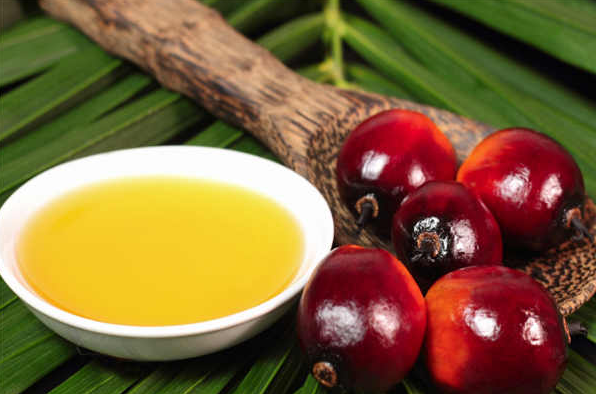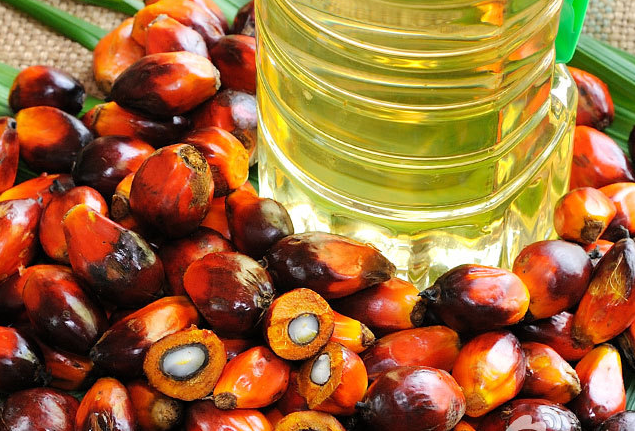Palm oil production
Palm oil production has seen rapid growth in recent years. The reason for the increase in output is the increase in arable land and the acceleration of production. Before 1989, the global palm oil production was less than 10 million tons, and before 1997, the output only increased slightly, from 10 million tons to 20 million tons. Beginning in 1998, global palm oil production has achieved rapid growth following the rapid increase in palm oil production in Southeast Asia. As of 2006, global palm oil production has exceeded 35 million tons, which is equivalent to 7 times the output in the 1950s. The expansion of edible palm oil and the industrial use of palm oil has promoted a rapid increase in palm oil production. The low prices of other oil products and the rapid economic development of the world and some regions have set off peaks in palm oil consumption one after another, thereby promoting The palm plantation industry in Southeast Asia is booming. Since 1995, the world's palm oil production has increased substantially, and it is expected to surpass soybean oil production at the same rate of growth.
There are about 20 countries in the world that produce palm oil, and there are only three major producers. They are Malaysia, Indonesia and Nigeria. The total output of these three countries accounts for 88% of the world's total palm oil output.

Palm oil producing countries
Southeast Asian countries have a tropical rainforest climate or a tropical monsoon climate, with high temperatures throughout the year, but abundant rainwater, suitable for large-scale oil palm planting. Malaysia and Indonesia are the world's two largest palm oil producers.
In the past decade or so, Malaysia and Indonesia have seen sustained and steady growth in palm oil production. The palm oil produced by these two Southeast Asian countries accounted for more than 86% of the world's total palm oil production.

1. Malaysian palm oil production
Malaysia is the world's largest palm oil producer, and its palm oil production is nearly 45% of the world's total production. The planting area of palm trees in Malaysia accounts for about 1/3 of the country's arable land, reaching 2.5 million hectares. In 1985, Malaysia’s palm oil production basically hovered around 5 million tons. In 2005, Malaysia’s palm oil production reached a record 15.2 million tons. The output has tripled in 20 years. The main reason is The harvested area has accelerated significantly. In 2006, Malaysian palm oil production also remained at around 15 million tons.
2. Palm oil production in Indonesia
Indonesia is the second largest palm oil producer in the world. In 2005, Indonesia’s palm oil production accounted for 41% of the world’s total palm oil production. As Malaysia has less and less agricultural land suitable for the growth of palm trees, the increase in palm oil production has been transferred to Indonesia. In the past decade or so, Indonesia's palm oil production has also nearly tripled. In 1997, Malaysia’s palm oil output was 3.6 million tons higher than Indonesia’s output, but this gap was gradually narrowing. By 2006, Indonesia’s palm oil output had surpassed Malaysia’s. Due to climate influences, the yield of palm oil in Malaysia has declined, while the yield of Indonesian palm trees has entered the peak production period, the yield has increased, and plantations have been further expanded. Generally speaking, palm oil production in Indonesia has more potential for growth.

The global oilseeds market is dominated by four crops: soybean, palm oil, sunflower seed and rapeseed. In 2005, global oil production reached 139 million tons, an increase of 9 million tons over the previous year. At the end of the 1970s, global oil demand was about 51 million tons, which has nearly doubled. Among the fats, vegetable oils accounted for 82% of the total fats and oils, and the rest consisted of butter, lard, tallow and fish oil. Although the production of fats and oils has been increasing in general in recent years, the production of animal fats has remained basically unchanged. The growth of fats and oils mainly comes from vegetable fats. Among the whole vegetable oils, the growth of palm oil in the past ten years is more intuitive.
If you want to know about palm oil processing technology, please feel free to contact us.
Copyright © Henan Zhongxing Grain And Oil Machinery Co.,Ltd. All Rights Reserved. Powered by MetInfo